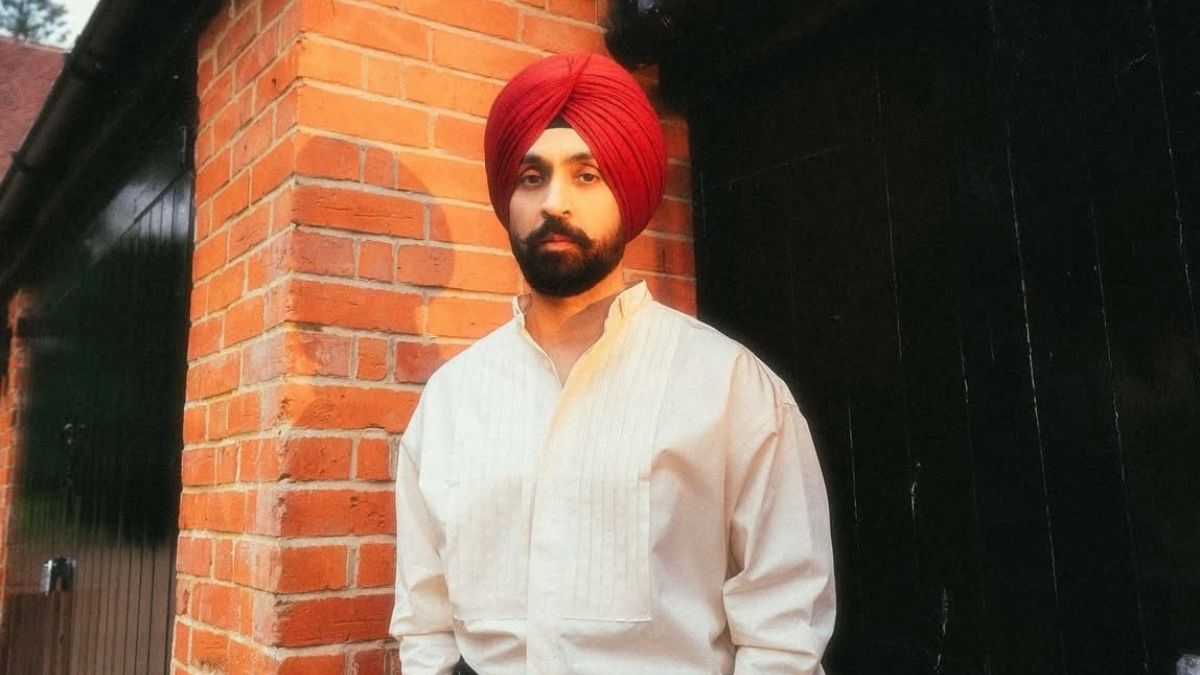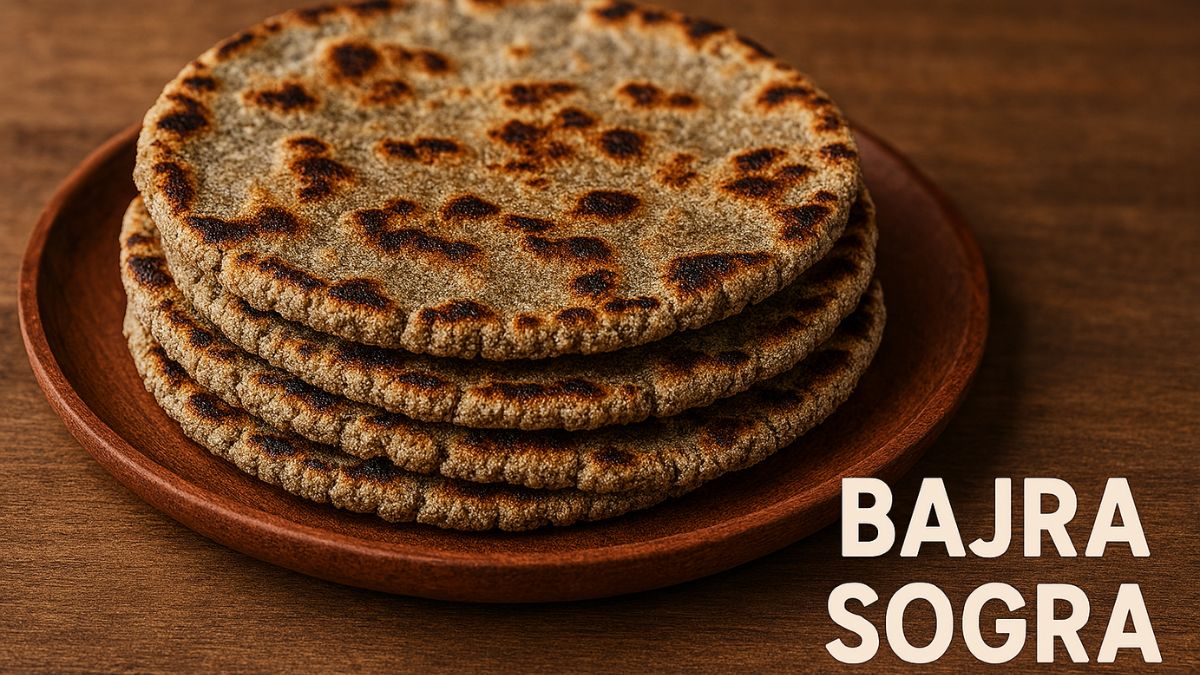In the ever-evolving world of food, where Instagram likes and viral reels decide what's trending, true culinary excellence still finds its way to decide what's worth exploring, and it is via the Michelin Star. It is not promotional, flashy, and definitely not easy to bag. This badge of honour has changed the fate of some of the humble restaurants into international destinations and chefs into legends. But what makes this honour so special and relevant in the global food scene? Chefs lose their sleep and restaurants go overboard to get this honour, but all for what? If you have been reading about Michelin star restaurants, not knowing what it exactly means, then let's explore the legend and the relevance behind this recognition.
Also Read:Why You Should Dine At These Michelin-Starred Indian Restaurants In Dubai
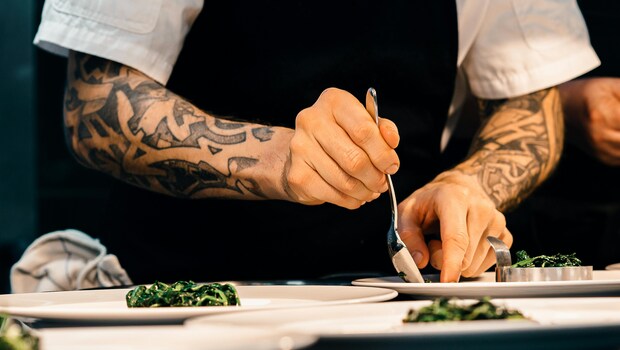
Photo: Pexels
What Is A Michelin Star?
The Michelin Star is not a pop culture badge or an influencer endorsement. It dates back to the early 1900s when brothers Andre and Edouard Michelin created a guide to get people to drive more, so they would eventually need new tyres. Along the way, the guide began recommending food spots worth stopping for, and later, it started rating them.
Today, the Michelin Guide is one of the most respected restaurant rankings in the world. It rates restaurants based on food quality and gives them one, two or three stars.
One Star: A very good restaurant
Two Stars: Excellent cooking worth a detour
Three Stars: Exceptional food worth a special journey
Why Is A Michelin Star Such A Big Deal?
Getting even one star means your food has passed the toughest test in the business. It also means your restaurant has impressed Michelin's anonymous inspectors-former chefs and hospitality pros who know their way around a plate. You will not know when they are coming or what they are judging. And if you win a star, it becomes part of your identity forever.

Photo: Unsplash
What A Michelin Star Can Do For A Restaurant
Chefs do not just chase stars for pride. A Michelin Star can completely change a restaurant's story. Here is how:
1. Global Recognition: A star makes a restaurant a talking point even among those who do not follow food trends.
2. Legit Credibility: Since stars are awarded by trained, anonymous experts, the stamp is seen as the ultimate proof of skill and consistency.
3. Business Boost: Restaurants that bag a star often see packed tables, media attention and, in some cases, serious investor interest.
What Michelin Inspectors Look At:
No gimmicks. No shortcuts. Michelin inspectors make multiple visits, and you will never know when they have been there. They judge restaurants on five set criteria:
- Quality of the ingredients
- Skill and technique in cooking
- The chef's unique personality in the food
- Value for money
- Consistency across visits and the menu
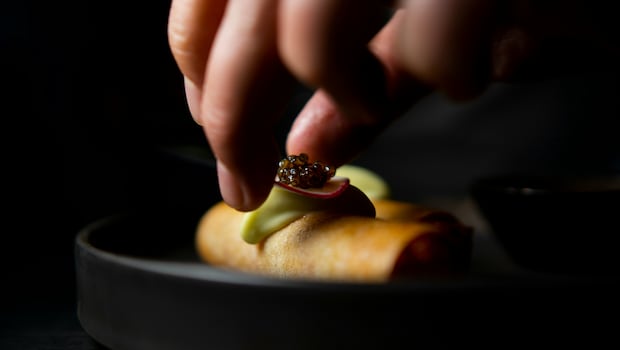
Photo: Unsplash
What Happens If A Restaurant Loses A Star?
This is the part most people do not talk about. A star is not forever. Restaurants can lose it if they slip on quality, taste or consistency. When that happens, the impact can be brutal. Staff morale takes a hit, reviews turn harsh, and bookings may drop. Some chefs have admitted that losing a star affected them personally, not just professionally. It is a reminder that Michelin recognition must be earned again and again.
Why Are There No Michelin-Starred Restaurants In India?
This is a question that continues to puzzle chefs, food critics and diners alike. With a food culture as rich and diverse as India's, it seems strange that the country is still not part of the Michelin map. The simple reason? The Michelin Guide has never launched operations in India. And without official presence, it does not review or rate restaurants here, no matter how spectacular the food.
But that is only part of the story.
One major factor is logistics and investment. Michelin usually enters markets where the local tourism boards or governments partner with them to fund or support the guide's expansion. Think of it like this: launching a Michelin Guide in a country is a business decision. It involves building a team of trained inspectors, setting up infrastructure, and maintaining strict standards. Unless a country actively invites Michelin and helps cover those costs, the guide often gives it a pass.
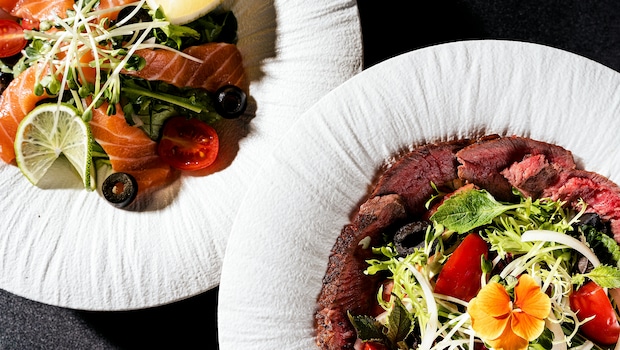
Photo: Pexels
Then the Indian food landscape is complex. Indian cuisine is hyper-local, regional and deeply rooted in cultural context. From street vendors to temple food to fine dining, quality here does not always wear a tuxedo. The challenge for Michelin would be to understand this diversity and apply their criteria without forcing restaurants into a European framework. That takes time, effort, and the right kind of research - something that has not yet happened at scale.
Another issue is perception. Michelin has often been seen as catering more to European and modern fine-dining formats. Many of India's most exceptional culinary experiences are not in white-tablecloth settings but in humble eateries, home kitchens and roadside joints. So, unless the system evolves to accommodate that variety, it risks missing the essence of Indian food culture entirely.
Also Read:World's Oldest Michelin-Starred Restaurant Loses Its Third Star Retained For 4 Decades
Still, the interest is growing. Indian chefs abroad - like Atul Kochhar, Gagan Anand, Vikas Khanna, Mayank Istewal and Garima Arora - have already proved that Indian cuisine belongs on the world stage. Back home, several high-end restaurants are actively designing their menus and hospitality standards to meet Michelin expectations, just in case the guide decides to step in.
So while India does not have Michelin stars yet, the hope is that it is not a matter of if, but when.
